Being a member of CMP-7 over several National Electrical Code (NEC) cycles, I have witnessed many changes to marina wiring. Since the 2011 NEC, we have been faced with implementing code language to address protection systems to help reduce electrical shock drowning (ESD) incidents. Until recently, the technical committee was limited in its approach because the NEC primarily covered new installations and did not address existing marina electrical infrastructure or the vessels that were utilizing the shore power. Over the last two NEC cycles, the technical committee has made progress in addressing the replacement of existing electrical equipment at marinas and made vessel testing equipment available, increasing electrical safety.
In the beginning, the 2011 NEC required ground fault protection on the main overcurrent device. That protection could not be set higher than 100 mA; however, the language would allow for the installer to provide ground-fault protection (GFP) at the feeder or branch circuit level as a suitable alternative. During the comment stage, it was noted that the 100-mA GFP on a main overcurrent device at a marina would provide some protection by limiting potential leakage current into the water; however, there were concerns regarding the practicality related to unwanted tripping events. In addition, apprehensions were raised about people having a false sense of security, believing they would be electrically protected/isolated from a potential shock hazard while in proximity to water.
In 2014, the technical panel was at an impasse. Again, it was recognized that the 100-mA recommendation by the Coast Guard research in 2008 was far above the Class A GFCI levels of 4-6-mA and would not prevent the muscle tetanization of children in the water. When the muscles tetanize, the ability to control breathing and to swim or climb out of the water is lost, which results in swimmers sinking and drowning. Implementing the 100-mA limit alone would not have an impact on reducing ESD incidents. It was decided that a comprehensive solution, including ground-fault protection, wiring methods, wiring devices, grounding, system design, and enforcement, would need to be developed to reduce ESD incidents. As a result, the technical committee requested the NFPA Research Foundation collect and provide data for the 2017 NEC revision cycle.
The foundation recommended (Assessment of Hazardous Voltage/Current in Marinas, Boatyards, and Floating Buildings) that overcurrent protective devices supplying a marina would require ground-fault protection not exceeding 30 mA. The document further recommended that a device should interrupt power within 100 milliseconds from the moment stray current exists above 30 mA. The report recognized that while 30 mA through the body is more than enough to severely injure a swimmer, it is not sufficient to assume that all the current (30 mA) would go through the swimmer. It was documented that due to the hemispherical spreading of the electrical field in the water (not in direct contact with an energized metal), only a portion of the leakage current would potentially go through the swimmer.
Additionally, it was stated that the 30-mA current level would be a compromise in reducing a majority of the ESD incidents by reducing leakage current in the water while while still minimizing the impact of unwanted tripping at marinas. After the completion of the 2017 NEC, a Tentative Interim Amendment (TIA) 17-15 was issued in April 2018 by the NFPA Standards Council. The TIA addressed the need for the downstream ground fault protection to be coordinated with the GFP at the feeder.
The 2020 NEC brought new challenges, not only changes to the GFP levels but in an effort to coordinate other water-related articles, a complete overhaul to the structure of Article 555 took place. Also, there was included a new Part III, which added requirements for “floating buildings”.
The 2020 NEC changes to the GFP requirements were moved to a new section 555.35(A) (formally 555.3) and separated into three distinct parts. The first two parts addressed the different levels required for (1) the shore power receptacles (30-mA GFPE protection) and (2) GFCI protection for personnel for all 15–20-amp receptacles (4-6 mA GFCI protection). The new part (3) required the feeder or branch-circuit conductors supplying the dock or slip to have a maximum of 100-mA GFPE protection. The use of GFPE in Article 555 is not intended to provide ground fault protection for equipment, it is intended to reduce potential leakage current into the water.
In addition, to address the potential that the vessels could contribute to ESD events, a new (B) was added to require a leakage measurement device to be made available when more than three receptacles supplied shore power to the boats.
The 2023 NEC revision cycle added a few requirements to the 555.35 language; however, the GFP levels remained the same. The changes included reorganizing the requirements into (A) Feeder, which mandates that docking facilities have a maximum of 100-mA GFPE.
The new (B) requires branch circuits for shore power receptacles in (1) to be set at 30-mA GFPE, and (2) covers the GFCI (4-6-mA) protection requirements for receptacles and outlets other than shore power. Boat Hoist GFCI (4-6-mA) protection was relocated to (C) from 555.9, and leakage measurement devices were moved to (D).
Also, I think it is important to note that a new section, 555.15, was added to address replacements or modifications of electrical equipment to comply with the current edition of the NEC.
In that same section, the language allows the code official to increase electrical safety by reviewing the existing branch circuit or feeder wiring. Notice that this requirement is not to rebuild the existing circuit to the current NEC, but to ensure that the existing electrical equipment is repaired “to the minimum requirements of the edition of the code it was originally installed” and not contributing to a potential ESD incident.
Now, as we continue the work on the 2026 NEC, the committee will be fine-tuning the GFP by requiring commissioning and coordination of the protection systems to eliminate unwanted tripping.
As you have read, the evolution of GFP in marinas has been substantiated and debated along the journey. This article and section alone speak volumes about all the hard work it takes behind the scenes and the thoroughness of individuals, groups, and committee members to “get it right” and protect people and property from the hazards of electricity.
In Electrical Safety~

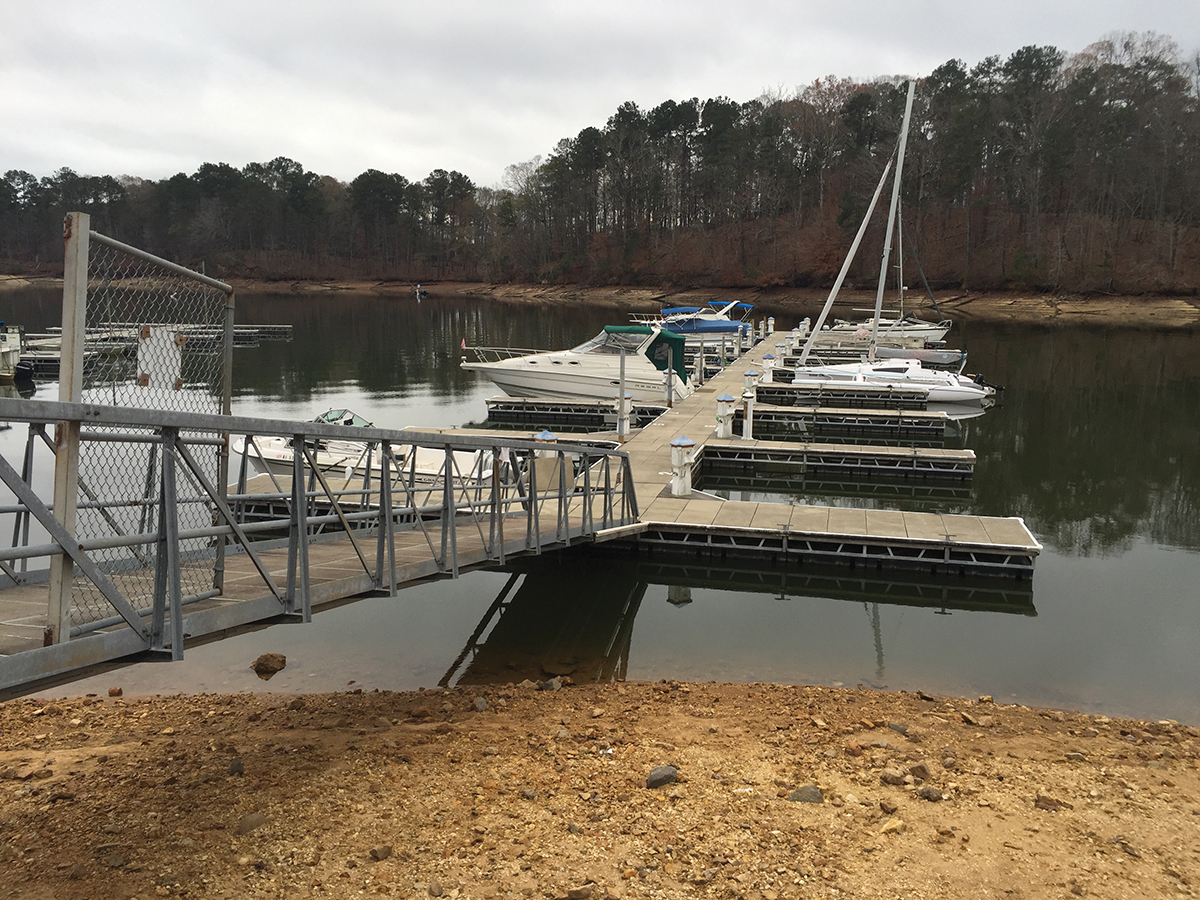
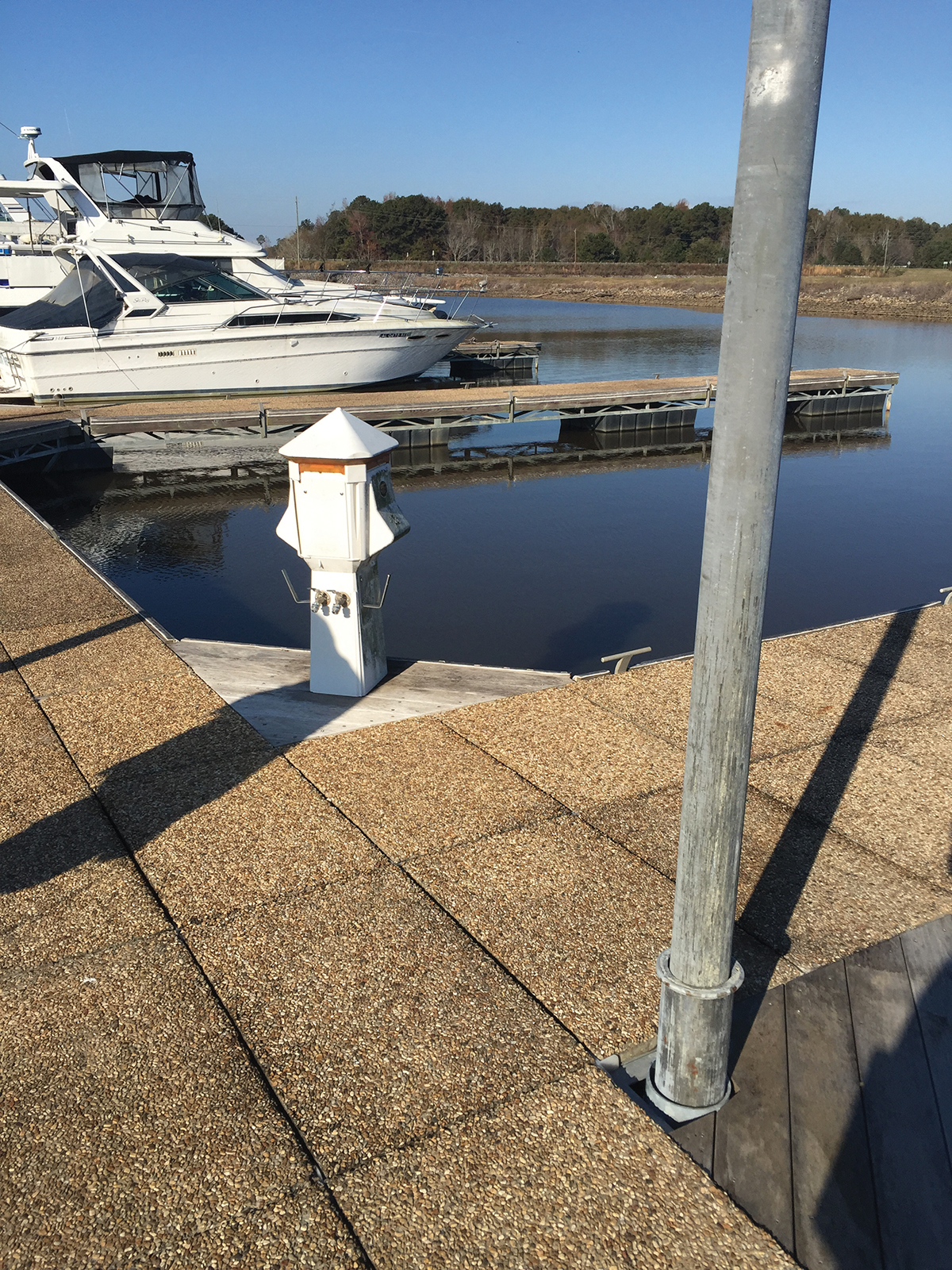
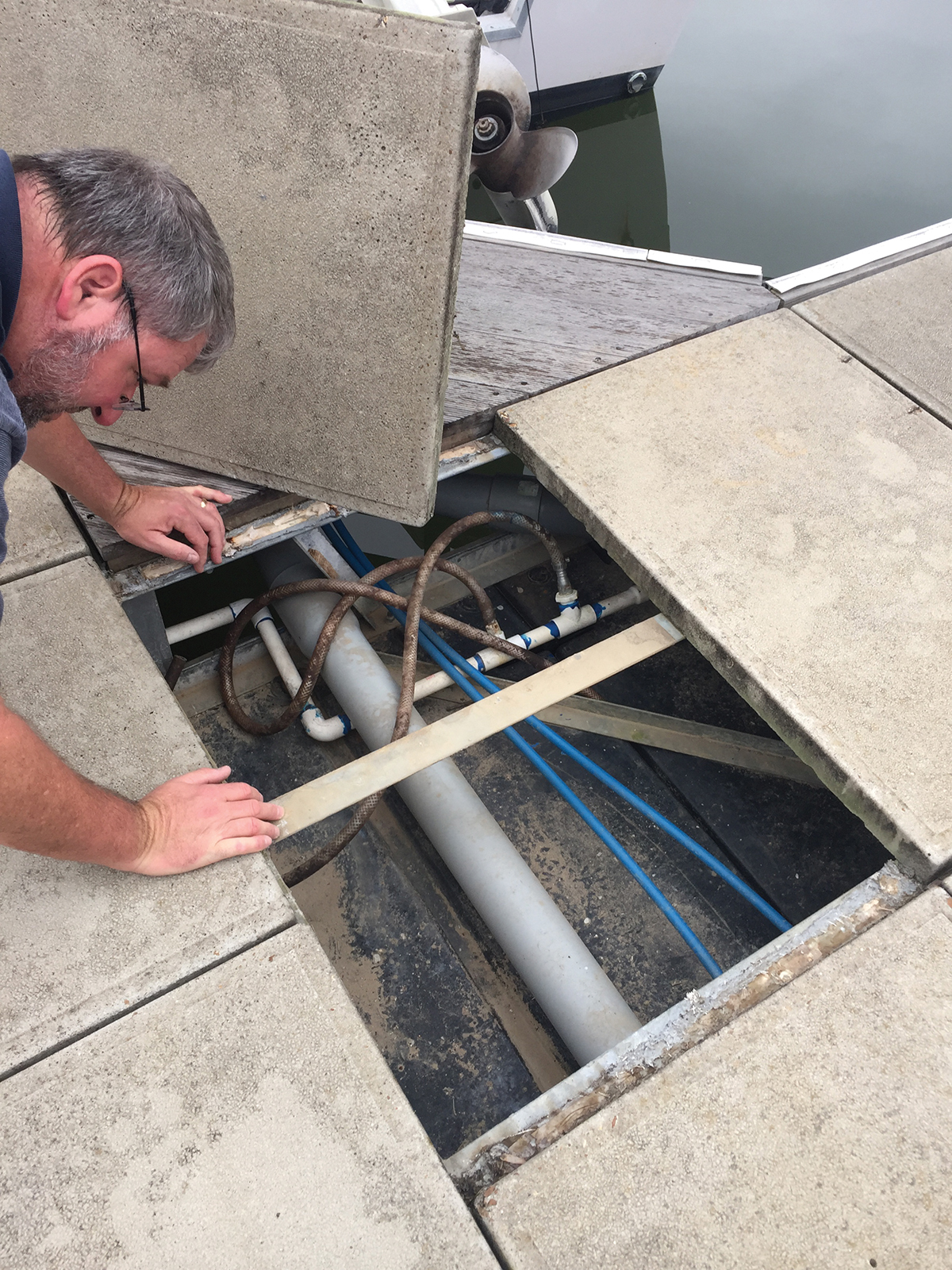
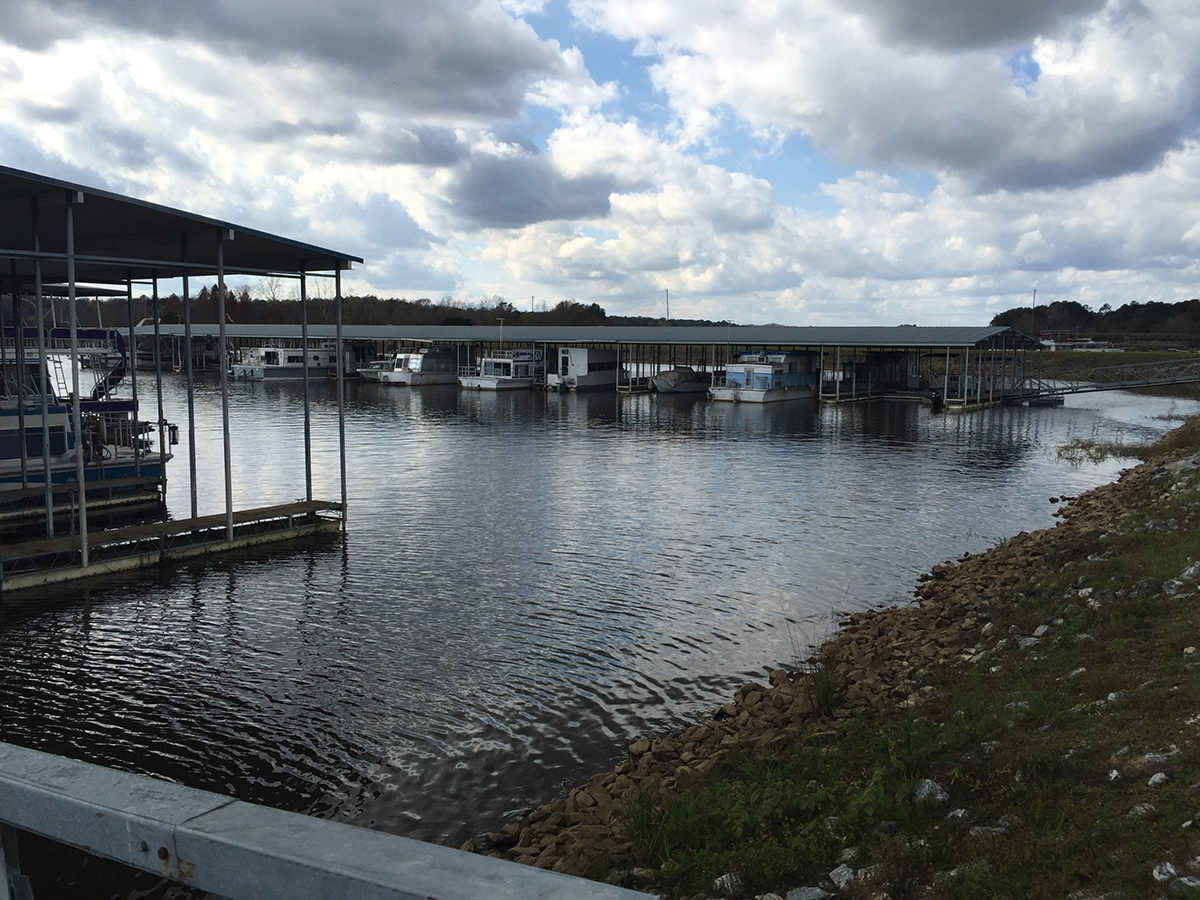
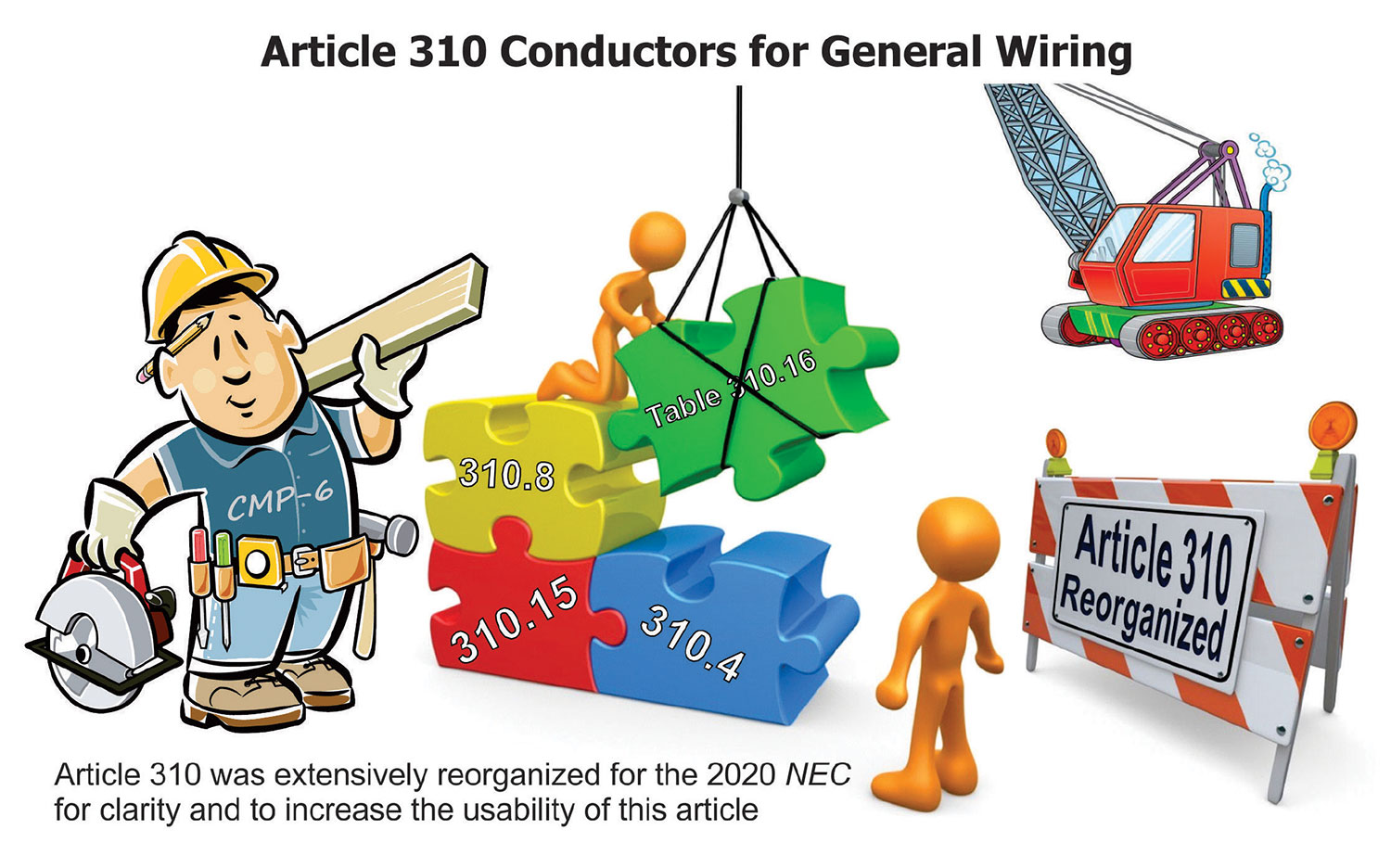
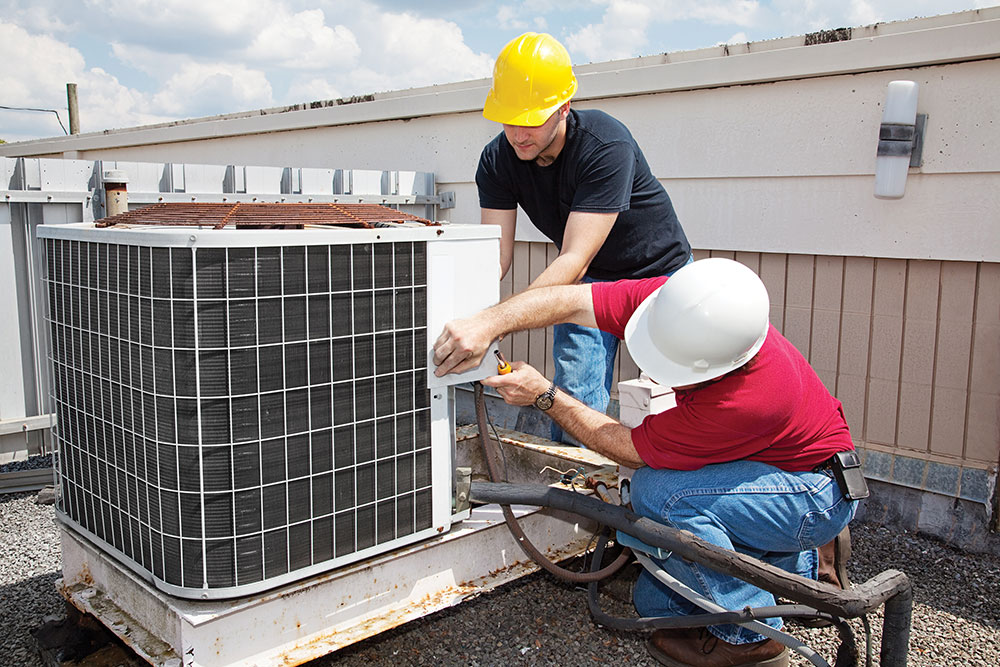

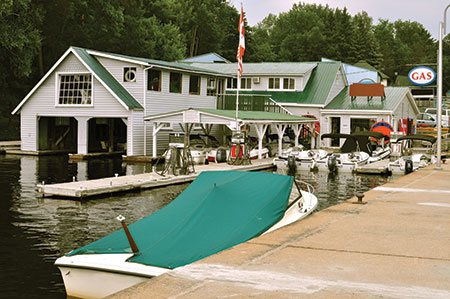





Find Us on Socials